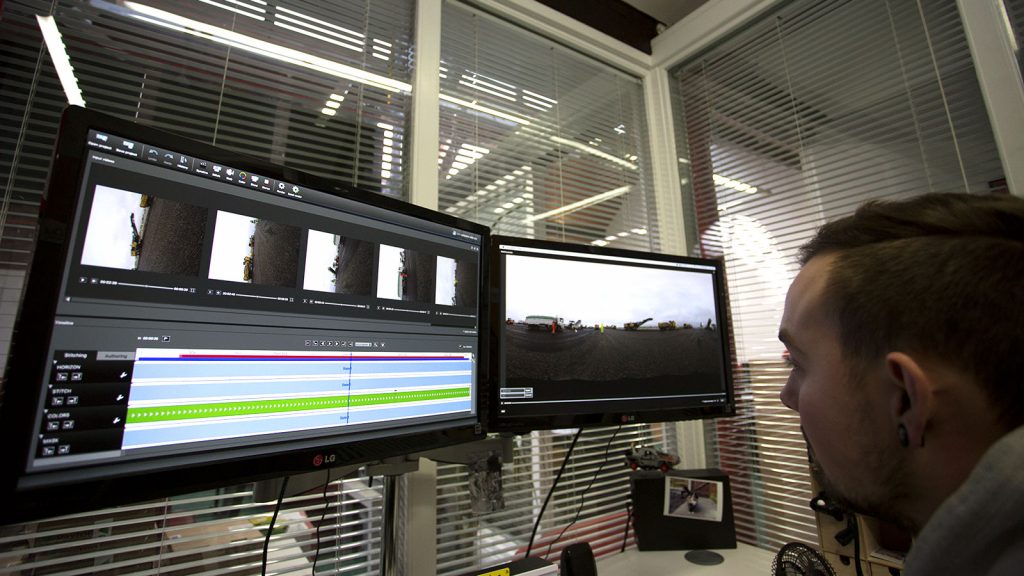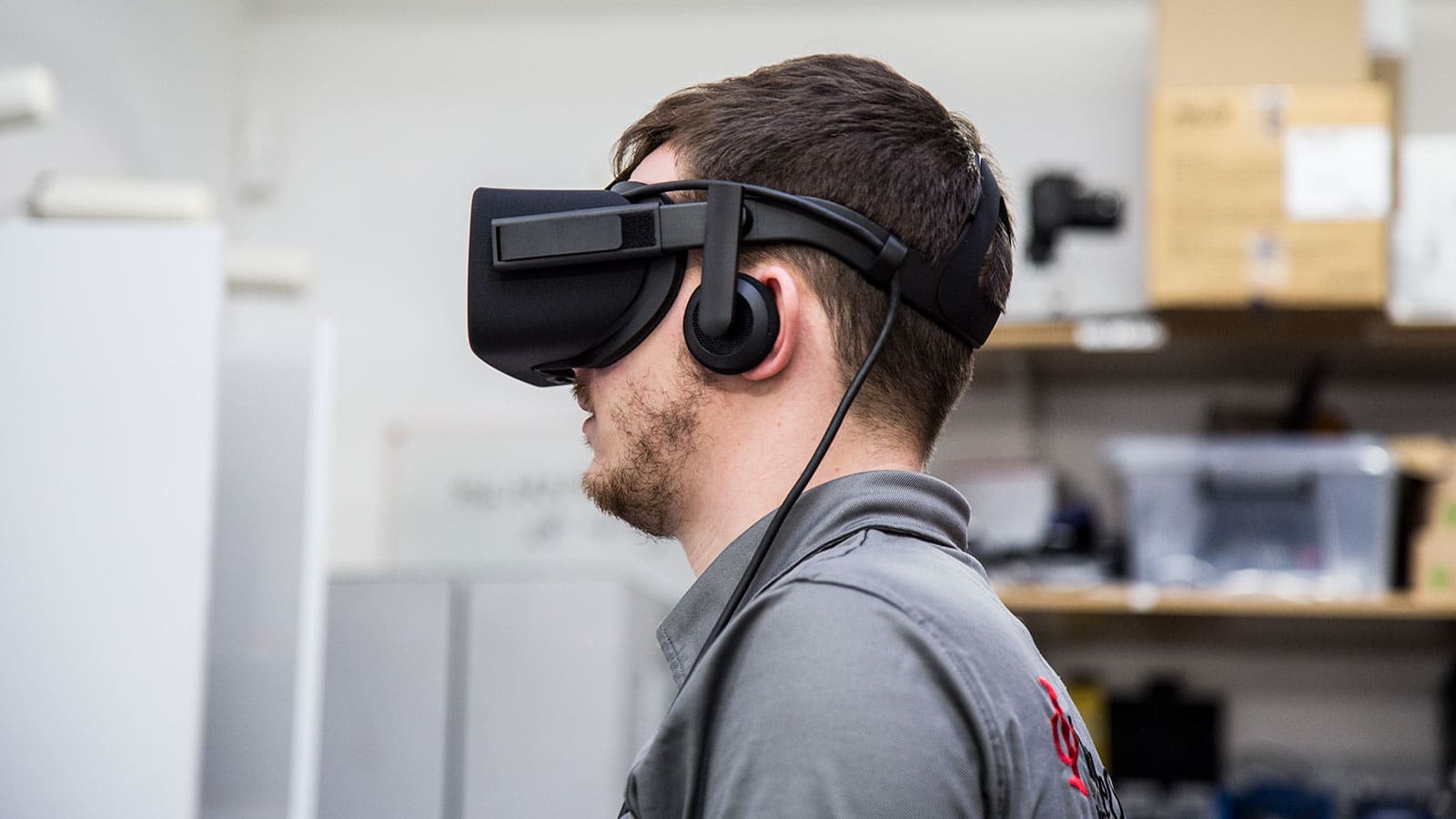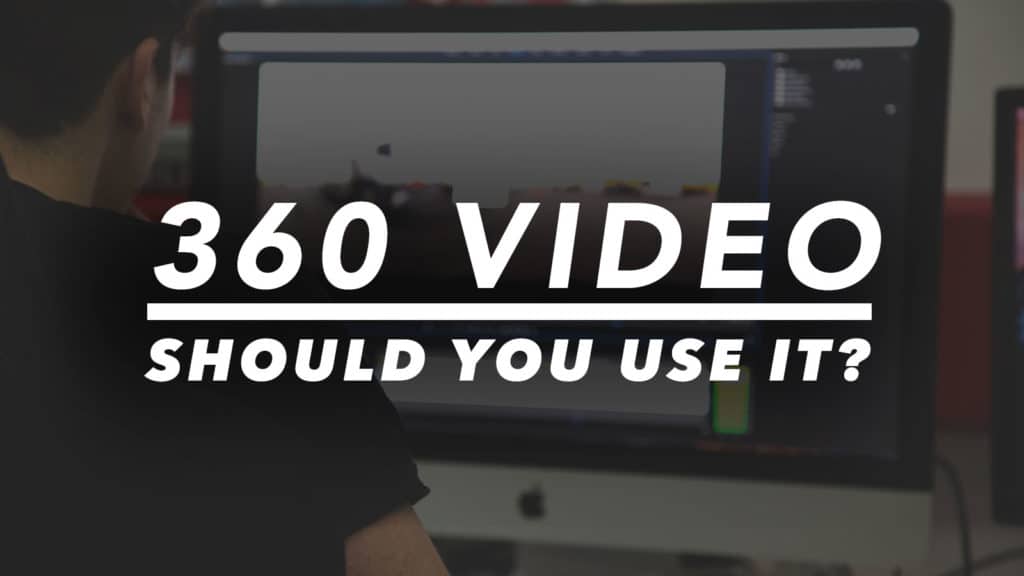360 video is a new and innovative filming method that is taking audience interaction and engagement to the next level, providing a far more immersive experience for viewers than the standard video format. More and more big brands are using it as an eye catching and forward thinking PR and documenting tool for their latest projects, and finding great success with it. So is 360 video a tool you should have in your advertising arsenal when it comes to showcasing your latest projects? Keep reading as we give you the run down of the different benefits of 360 video, along with some of the challenges you may face in producing 360 video content!

What is 360 video?
360 video is essentially a video which is filmed from a number of angles simulataniously. Instead of being shot from a regular single camera with a lens, 360 video content is filmed on 2 to 16 different cameras, in order to create a virtual sphere of everything that’s being captured. This turns the captured content into a somewhat simulation for the viewer to experience, which serves as a powerful and immersive experience, especially when combined with virtual reality headsets or using the tracking on your smart phone. Below you can see one of our staff members enjoying an immersive 360 video experience through an Oculus Rift headset.

can 360 video benefit you?
Over the last few years 360 video has gone from being a niche platform to now becoming a well supported format across video sharing and social media sites, getting support from big names such as Youtube, Vimeo and Facebook. The reason behind the recent surge in 360 video utilisation from major businesses lies in the ability that 360 video has in driving audience engagement. An experiment performed in 2016 by Google and Columbia Sportswear proved just that. Two near identical ad campaigns were created, one featuring a standard format video, and one featuring a 360 video format. Both campaigns were monitored carefully during their run, and their overall findings found that the ad featuring the 360 video was able to fetch far higher engagement rates than the ad featuring the standard format video.
This is something I can testify to experiencing in real life with clients to. In fact as a film maker I’d go as far as saying that demonstrating 360 content to clients is one of the few times that I’m able to see them have a ‘jaw-drop’ moment and be genuinely lost for words. But it’s not without its challenges. With that in mind here are our thoughts on 360 video and how we’ve approached producing it for major clients.
How do you film it?
There are a number of off the shelf consumer devices out on the market now which allow you to quickly and easily film in 360. A perfect example is the Samsung Gear 360 – which integrates really well with Samsung phones and the Gear VR headsets. It uses two cameras (one forward and one backwards) to create a full view.
This camera is great to get started – however for us we wanted something that would really showcase the technology, creative thinking and diverse solutions that we bring to all of our projects. We decided to use our in house 3D printer to create a holder that can house a range of GoPros (from 5 underwater ones, up to 8) to suit various mountings. A photo of this rig can be seen below.

Each GoPro films in 4K meaning when we stitch each angle together, the result is a very high resolution file with hardly any blind spots, which some cameras with only two lenses may suffer from.
The challenges of 360
Although it’s a great new medium, there are a few really difficult and interesting challenges it brings to the table – which is why we’d suggest choosing an experienced provider such as us if you’re considering it.
- The film maker and any equipment etc can’t hide behind the lens – as the camera records everything! This is the most jarring thing for a film maker and means all shots have to be setup with the thought that you will have to hide or move to a different location during the shot (unless it’s designed to showcase you!)
- It’s labour intensive – Video cameras use up plenty of batteries and memory. When you have 8 of them on all at once these challenges get much more difficult. Over a long shoot we sometimes have to use 16 memory cards, 32 batteries and 8 charging leads…
- The timescales are completely different – 360 videos are typically much more drawn out when it comes to shot duration. With such a huge amount of content shown in every 360 shot, you have to give the viewer time to look around the shot and must be wary to not cut between shots too quickly. Even several minute videos may only need to include a handful of shots.
- Syncing the cameras – As all cameras record at the same time to shoot 360, they have to be exactly synced together, otherwise the time delays will cause your 360 shots to be confusing and disjointed. A couple of out of sync cameras could mean that, for example, if one person walked between two lenses, they may appear in both at the same time, which is not good! This means you have to consider how fast subjects move along with any environmental factors, especially if your using a DIY rig to shoot your 360 content.
Is it worth it?
Absolutely! It’s not very often a new style of film making comes out and 360 video is one that we’re really happy and excited to be a part of. We’ve produced many 360 videos over the past couple years, our latest being a 360 Electric Bus Promotional piece for Transport Nottingham- which you can view here.
[contact_cta]



